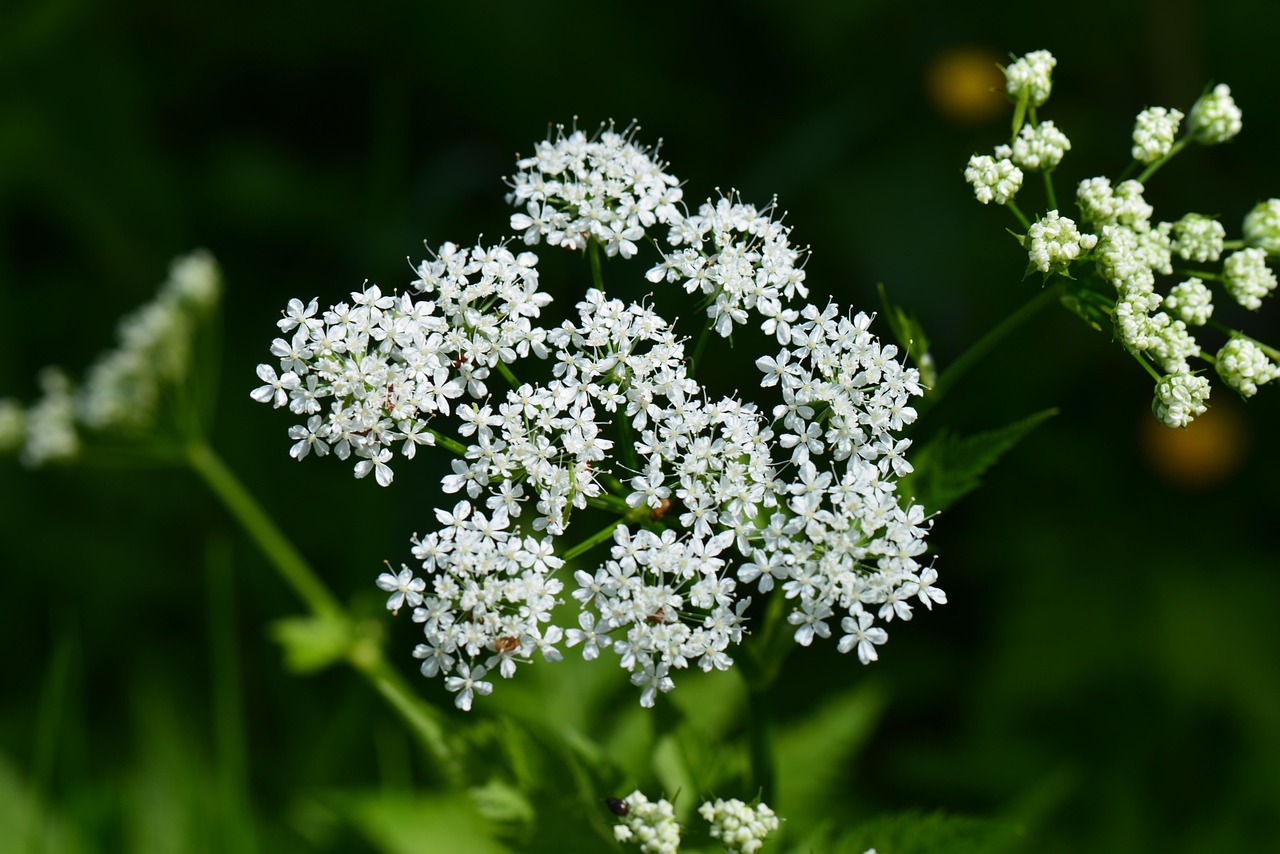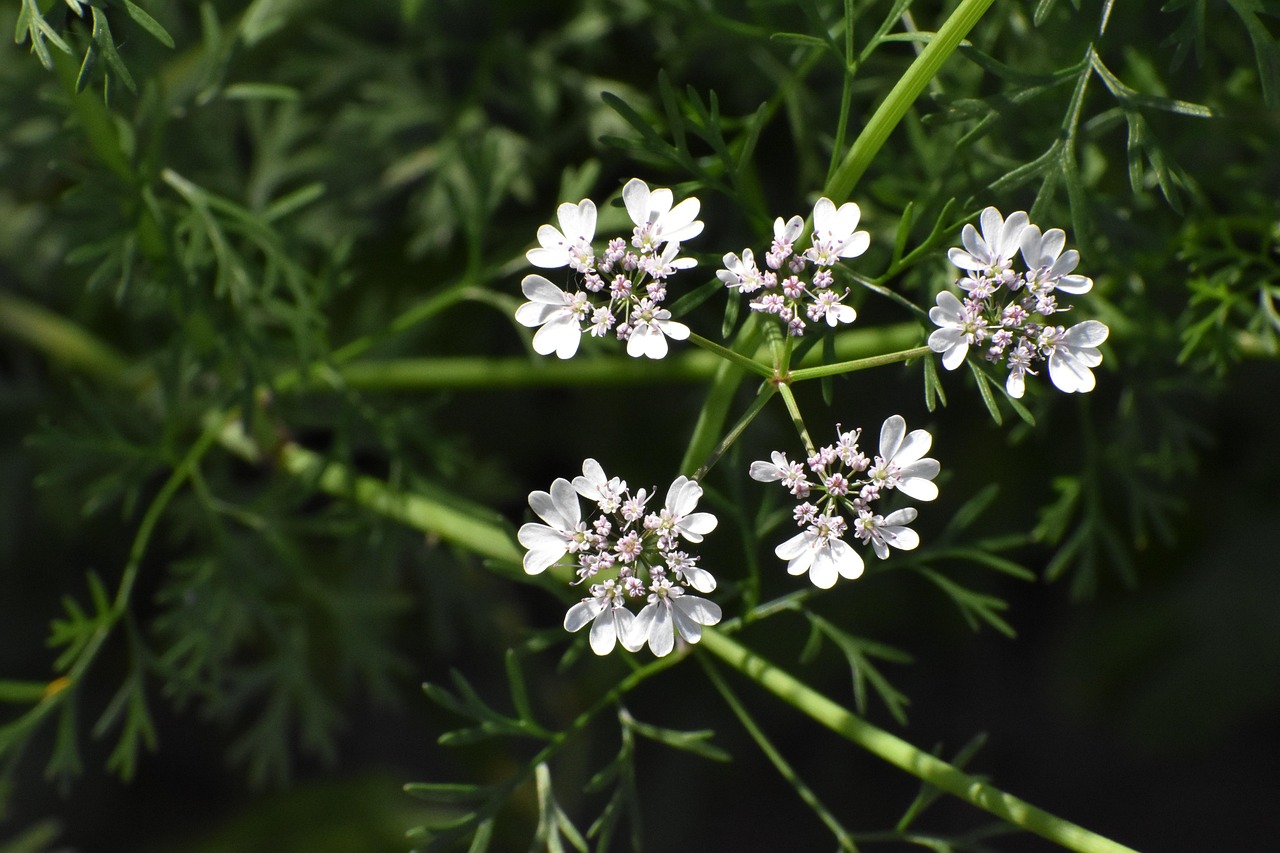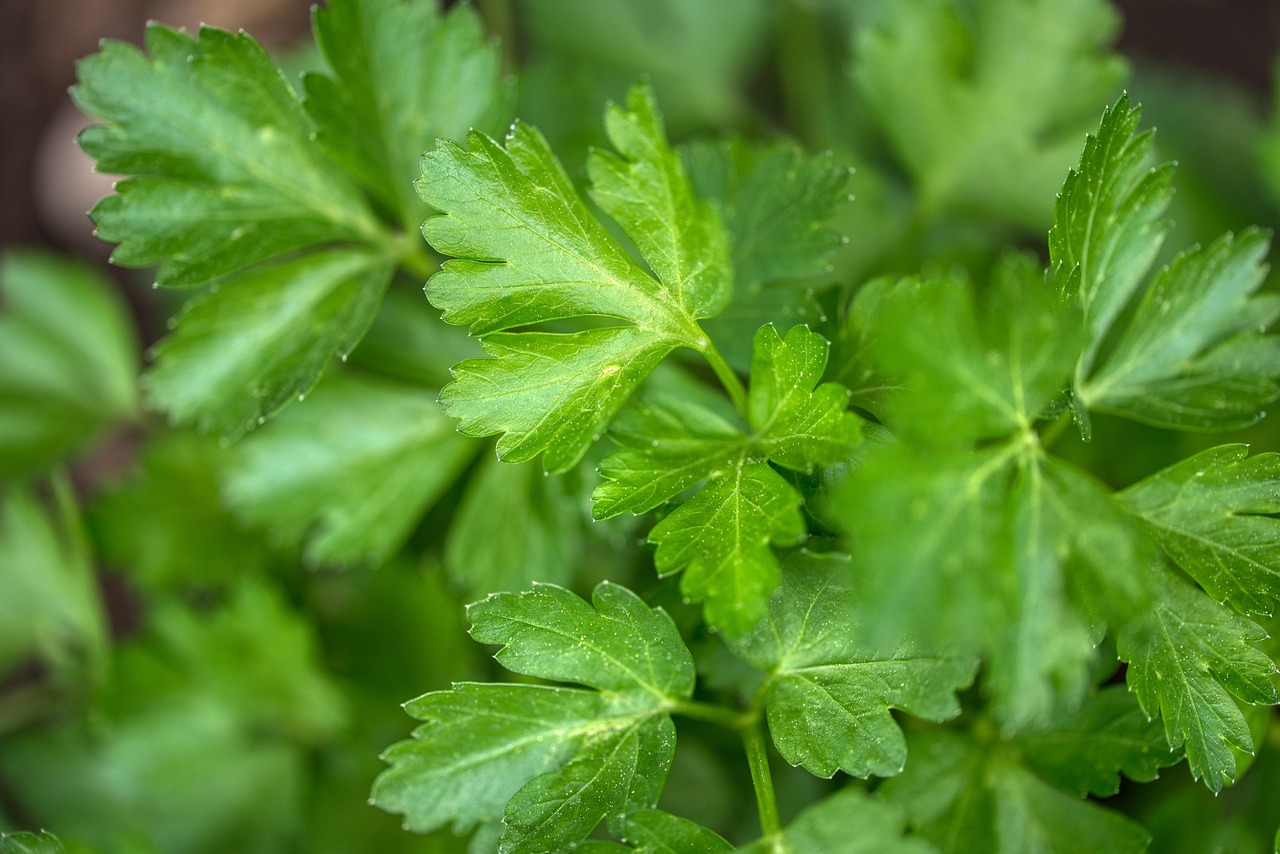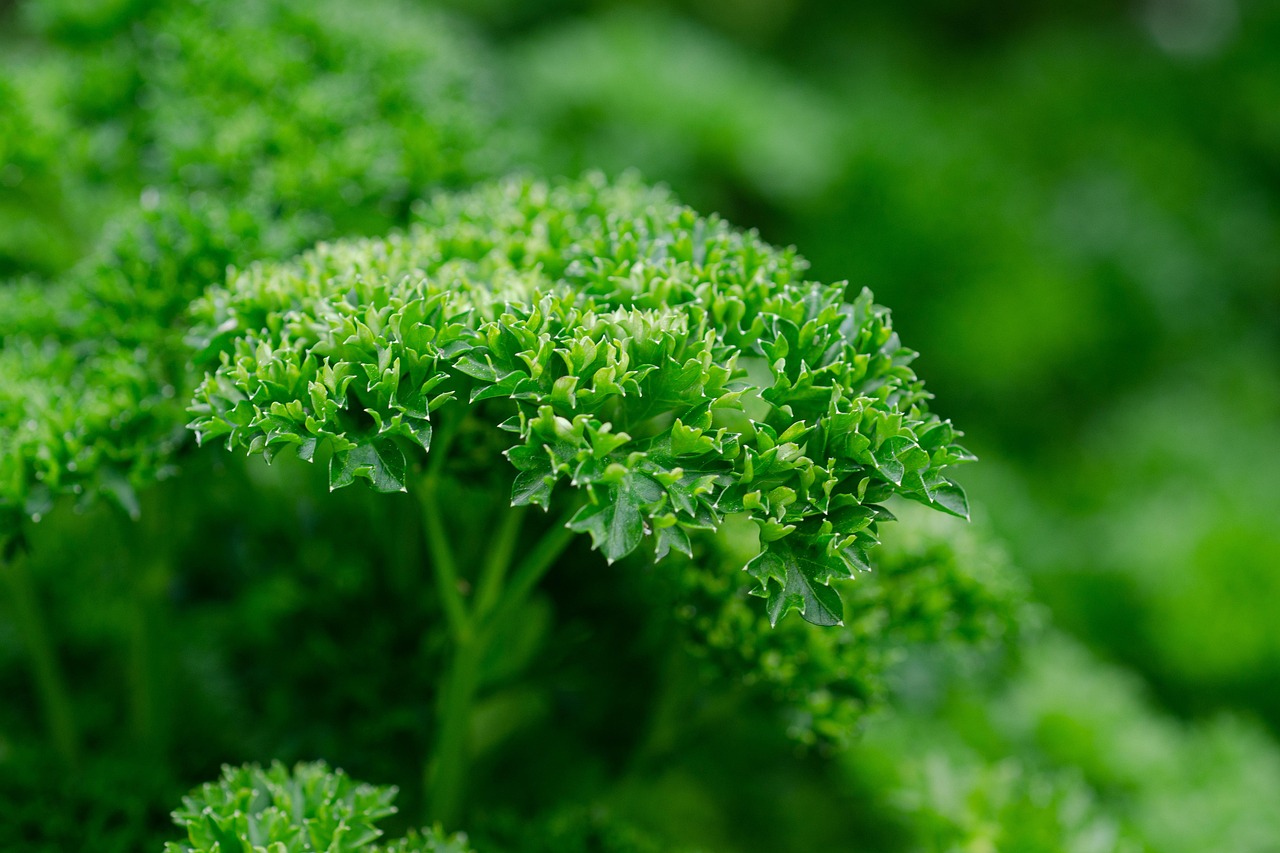Dill | An Herb of Ancient Prayers and Culinary Traditions
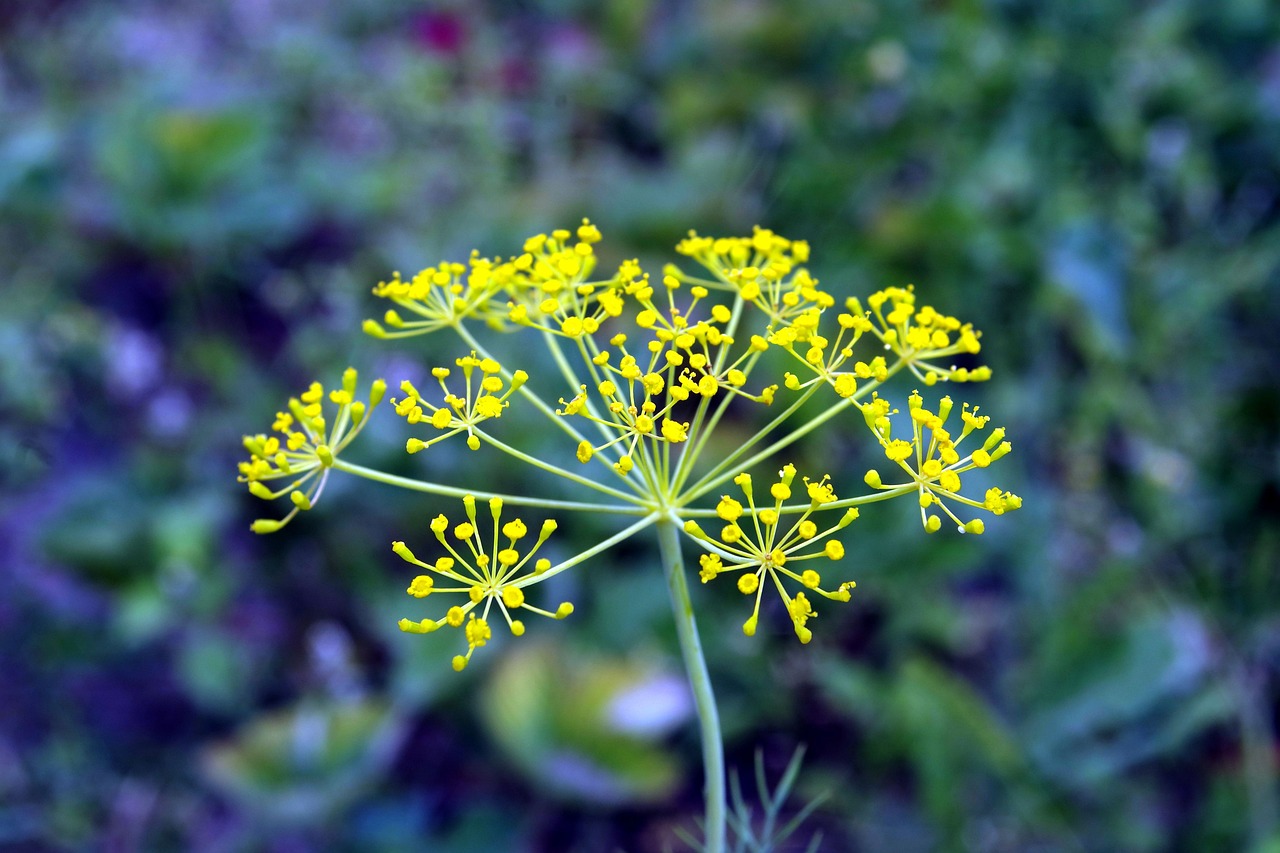
Dill is a herb distinguished by its refreshing aroma and the delicate beauty of its feathery leaves. It is not only admired for its ornamental charm but has also been deeply rooted in cultures and traditional cuisines across the world.
In this article, I will introduce the essential information about dill, its cultural significance, historical anecdotes, and practical tips for gardening.
Basic Information
- Scientific name: Anethum graveolens
- Family: Apiaceae
- Origin: Southern Europe, Western Asia
- Appearance: Dill grows to a height of 30 cm to about 1 meter, with fine, thread-like leaves. The small yellow flowers bloom in umbrella-shaped clusters, giving the plant a light and graceful impression.
- Blooming season: Summer (June to August)
Cultural Characteristics Around the World
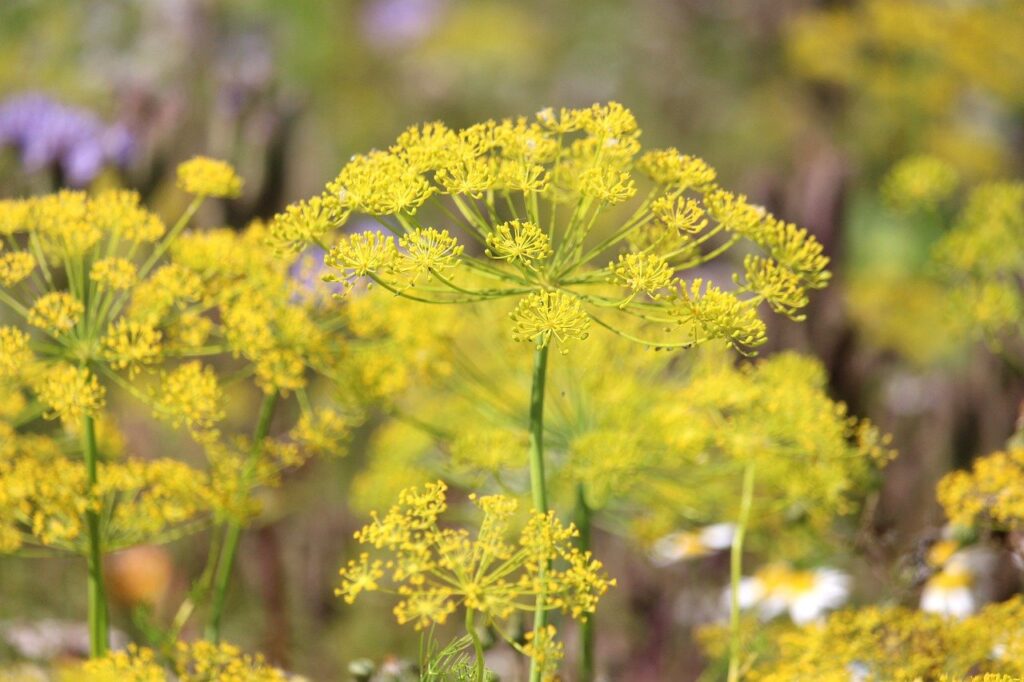
Dill has long been cherished in cooking and culture.
In Europe, it is recognized as an indispensable herb at the dining table, frequently used in traditional home-style cooking.
In Scandinavia, dill is a familiar presence in households, often used to flavor fish dishes and pickles.
Meanwhile, in the Mediterranean region, dill has been planted in gardens for decorative purposes or cultivated indoors for its fragrance.
The delicate leaves and lovely flowers are appreciated not only for culinary use but also for their visual beauty. Dill is even used in flower arrangements, where its soft impression brings a sense of lightness to bouquets.
Historical Anecdotes
Dill has been valued since ancient times, particularly in Egypt and Greece. In ancient Greece, dill leaves were woven into crowns as a symbol of victory and success.
During the Roman era, dill was regarded as a “symbol of happiness” and was used to decorate banquets and festivals.
In medieval Europe, dill was believed to serve as a protective charm against evil spirits and misfortune. People decorated their doors and windows with dill, convinced that its fragrance and form possessed mystical powers.
Thus, dill has been deeply intertwined with culture and history across centuries.
Gardening Advice
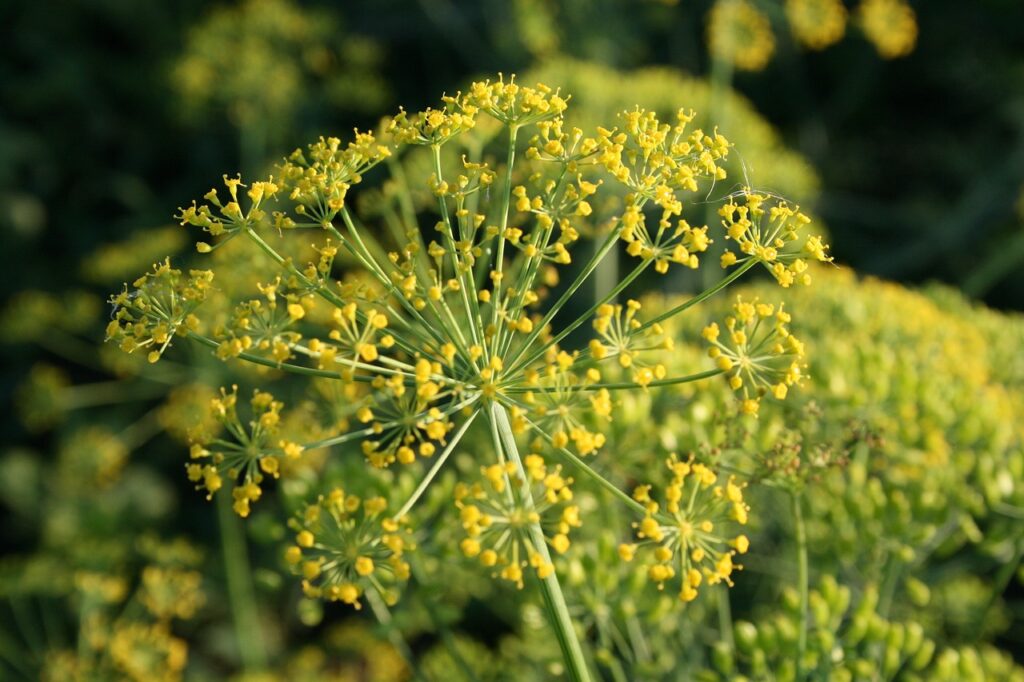
Dill is a relatively easy-to-grow annual herb, making it well-suited for beginners.
It thrives in sunny locations with good air circulation. While it dislikes excessive dryness, well-drained soil that retains moderate moisture is ideal.
Watering should be done when the surface soil becomes dry, but care must be taken to avoid waterlogging.
Sowing seeds in early spring, once temperatures stabilize, ensures better germination. Since dill dislikes transplanting, direct sowing or planting in a large pot from the beginning is recommended.
Excessive fertilization may reduce its flavor, so applying fertilizer sparingly is key.
The seeds that appear after flowering are another charm of dill, as they can be used for seasoning or saved for future cultivation.
Harvesting the leaves while they are fresh is best. Once harvested, they should be used immediately or dried for storage.
Conclusion
With its delicate leaves and unique fragrance, dill can be enjoyed both as an ornamental plant and as a culinary accent.
Having played diverse roles throughout culture and history, dill offers the dual pleasure of cultivation and practical use.
I encourage you to grow dill in your own garden or pots and experience its many charms.


